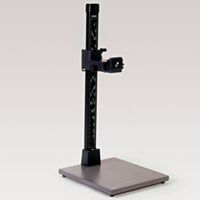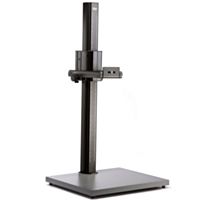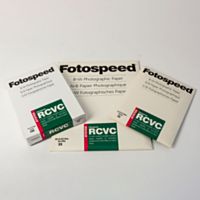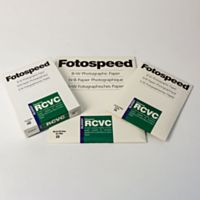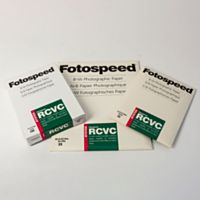Shedding light on the daily moments of life: Lucy Saggers on black and white photography
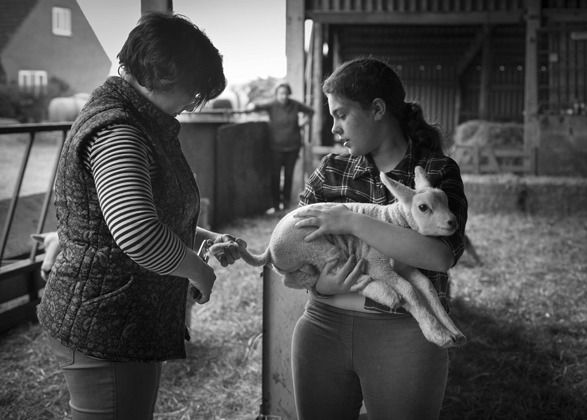
Lucy Saggers has lived in Ampleforth since 2004 and worked as a photographer since 2013. Lucy works in black and white to focus on what, to her, are the essential components of composition, texture and light, feeling that this way she can get closer to the timeless essence of a scene. Using prime lenses and available light, she produces her photographs as limited edition, archive prints on fine art paper.
Lucy prints her exhibition prints on Fotospeed Platinum Cotton 305 paper.
You can find out more about Lucy here.
To work in black and white was not so much a decision I made, more an instinct I followed. As well as my inherent love of black and white photography, for me its importance lies in the concentration it brings to the composition, textures, light and thereby the essence of an image. Black and white can also bring questions of when an image was made, and perhaps allow us to consider the timelessness of a scene.
From a young age, I have been captivated by the work of documentary photographers such as James Ravilious, Dorothea Lange, Eugene Smith, and, more recently, Sally Mann and Tish Murtha. When I finally began working as a photographer five years ago, I knew that the photographs I wanted to make would be both documentary and black and white.
Shedding light on the smallest details of daily life

On the surface, the subject of my work is the small, ordinary, daily moments of life. Always struck by the beauty held within the everyday, the fact that the most commonplace objects and activities can possess such beauty and narrative is something I find deeply comforting. In fact, this beauty might be more reassuring than any other, precisely because it exists in the unspoken rhythms of our lives and is thereby available to us all, all of the time, if only we can stop and see it.
On another level, my photographs attempt to make visible the precious and invisible connections held within a small community, as well as between these people and their landscape. I am motivated by the feeling that to be known is to be nurtured and sustained, and that this feeds in to our every day. And so, I photograph tiny details of daily life that add up to create our human experience. I seek to shed light on our shared stories, and on the unintentional impressions that, over time, we leave on each other and our surroundings. These memories remain etched among us, and entwine to form our future.
The stories are not meant to be particular to this community, and in many cases will, I hope, resonate universally, speaking of life’s seasons and of feelings of permanence, rootedness and belonging which sometimes we too easily think of as things of the past, missing from today’s fast-changing, rapid pace world. I would love the work to illustrate the beauty of every day and also to provide evidence of today’s vital human connection.
Translating photographs into print
Translating these photographs into print is something that – until last year – I had left entirely to somebody else. Although niggled by the fact that I was not seeing my work through to its final physical representation, I had not fully realised the degree of control I was giving away or the variety of possibilities available. That is, until an opportunity arose to work with Joe Cornish, who taught me how to more gently and subtly process my images, and who introduced me to printing. Although very much a fledgling printer, I am finding it incredibly satisfying… as long as it goes according to plan! When things don’t work it can be very frustrating, but even then, I cannot now imagine not wanting to print my own photographs.
I use Fotospeed’s Platinum 305 Cotton paper, recently developed with Joe in order to deliver an OBA-free paper with maximum archival properties. I love the matte finish, the soft, warm, white base colour and gently fibrous texture. Being a matte paper, I have not made my life any easier, as I have to work hard preparing each image to retain all the details in the blacks, but it is worth the effort for the control it gives, as well as the fulfilment and, I hope, beautiful prints.

If you would like to stay on top of all the latest information from Fotospeed don't forget to sign up to our Newsletter.


